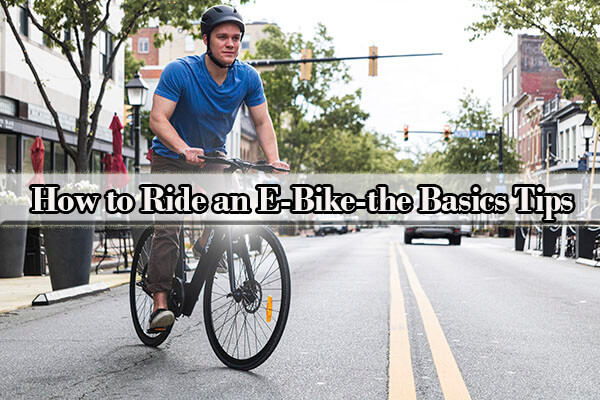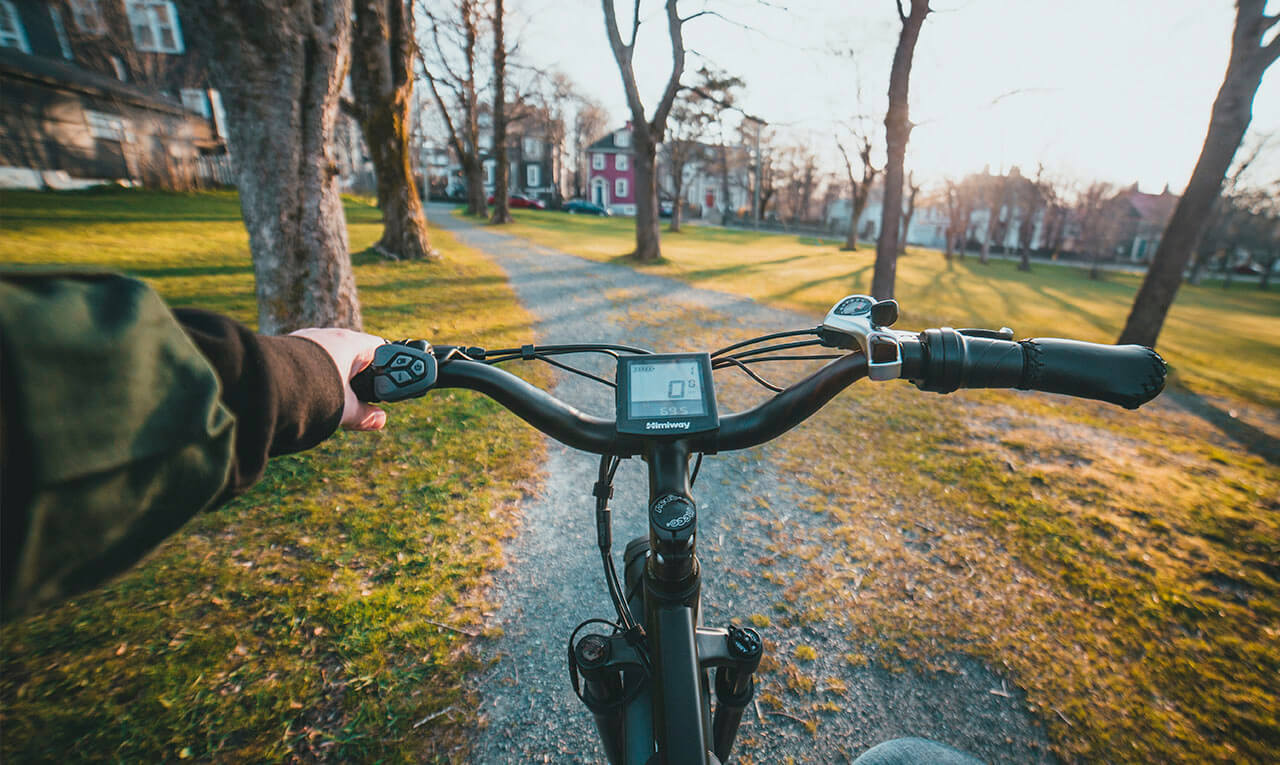It might sound like a bit of a task but if you’ve rode a traditional bike before, transitioning to an e-bike for the first time won’t be nearly as challenging as you might imagine it will be. However, before beginning, you may want to note some things. Some of these things include ensuring that you have a helmet, that your bike properly constructed, your battery is fully charged and that the tires have the necessary amount of air in them. Also, you should ensure that you are appropriately attired for the journey.
In addition to this, you also need to make sure you’re aware of the basics of riding an e-bike efore you get on the road. This blog provides you with info on what to do.
The Basic Guide to Riding an Electric Bike?
In order to make sure you have a hitch and hasslefree e-bike riding experience, it is necessary to make sure that you’re up to date on the basics of riding an e-bike. Here are some things to take note of:
Be aware of the Class of Your Bike
Depending on the extent of pedal and motor assist it provides, e-bikes come in three classes, each of them can only be ridden on certain terrains by law.

- Class 1 e-bikes are permitted in most places, although there are bike path regulations depending on the speed limit. It provides a motor assist of up to 20mph
- Class 2 works like class 1, excluding the fact that it also provides a throttle only mode. They are only permitted on streets and off-road drives.
- Class 3 e-bikes do not have a throttle mode but provide pedal assist for up to 28mph. They are usually only allowed on city streets.
Knowing what class of bike you own helps you be aware of what roads and trails you can take.
Be sure you know how fast your bike can get.
You may want to practice safely in your neighborhood to learn how fast your bike is before you get onto a road to get accustomed to the speed and to braking. E-bikes are heavier than regular bikes, so it takes a bit of getting used to braking properly.
Practice braking at different speeds.
The increased mass of electric bicycles must be factored into calculations of stopping distances in order to account for the fact that conventional bicycles do not have electric motors. However, the additional boost that the motor delivers does not have a significant impact on the vehicle’s ability to brake. The motor will immediately stop giving any help once you stop pedaling because it is designed to do so automatically. However, it is a good idea to practice breaking at a variety of speeds in order to become more comfortable with the process.
Safety Practices to Follow When Riding An E-Bike
Riders who are interested in switching to electric bicycles should first become familiar with how to ride this unique type of bicycle to secure their own safety. E-bikes tend to weigh significantly more than typical commuter bikes, have higher maximum speeds, and make turns and obstacles that are normally doable far more hazardous. Here are a few helpful safety tips to keep in mind while riding an electric bike.
Wear a Helmet
When riding an e-bike, it is imperative that you always, always, always wear a helmet. This is one of the most important electric bike safety advice. While riding an e-bike, you can normally ride with a regular cycle helmet on your head. If your electric bicycle has a top speed of more than 20 miles per hour (class 3), you should probably wear a helmet that provides adequate head coverage and complies with DOT regulations. Wearing a helmet is the single most critical safety measure you can take.
Keep to the roads
If you have no choice but to ride on the pavement, you should avoid riding on high curbs, make sure there is enough area to brake, and check to see that there are no automobiles or buses approaching from the opposite direction. Watch out for cars that may turn in front of you, maintaining situational awareness is essential for reducing the risk of accidents and suffering major injuries. If you are aware of what you are riding into and can anticipate the dangers, you can avoid the dangers that are especially prevalent in congested urban areas.
If your bike comes with rear-view mirrors, adjust them until they provide you with a mostly unhindered view of the left side of the road behind you (based on the driver’s side in the United States).
Don’t Bike in Bad Weather
Biking in the rain might be more difficult than usual because of the slippery roads, the biting wind, and the reduced vision. It is much simpler to lose control of your electric bike and have an accident if you are traveling on roads that are wet or if you are cycling into the wind. If you are driving during a storm, you should make every effort to find cover and ask someone to give you a ride home.

Reflective Clothing
Put on clothing and accessories that reflect light and make you more visible. It is as vital to be seen whenever you want to go for a ride. If you absolutely have to go out at night, make sure to wear clothes and accessories that reflect light and are highly noticeable. When it comes to raising one’s visibility, orange is an excellent choice. Please do not ride your bike while wearing dark clothing or black cycling gear.
Maintain your bike.
Find an e-bike shop that you have confidence in and check to see if the bike shop has experience working with the kind of electric bike you have. If you ride your bike frequently, you should have it inspected and tuned at the shop at least twice a year. When you have the opportunity, you should always try to charge the battery. Check that the recommended tire pressure, which should be printed on the inside of the tire, has been reached and that the tires are properly inflated. In addition, we strongly advise that you perform regular physical inspections of your brakes and that you keep your chain well-maintained by giving it regular cleanings, lubrications, and checks.
Because the battery is essential to the operation of the bike as a whole, doing regular capacity tests on it is the best way to determine how much “life” it still possesses. Maintaining a healthy bicycle will ensure that you are ready to ride whenever the opportunity arises.
Conclusion
The best part of your e-bike experience is staying safe while riding. Get familiar with the biking regulations of the region you stay in and ensure you’re reasonably used to your bike before you begin to attempt testing your biking limits.
